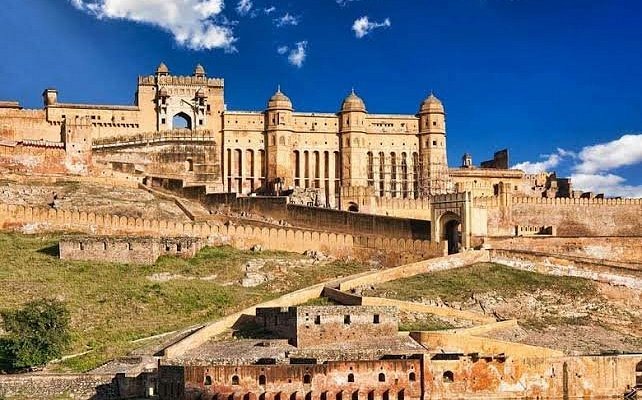
Amer Fort
Amer Fort, located 11 km from Jaipur, is a majestic hilltop fort built in 1592 by Raja Man Singh I. Known for its blend of Rajput and Mughal architecture, it features grand courtyards, mirror-adorned halls, and stunning views. A UNESCO World Heritage Site, it's a must-visit for history and architecture lovers.
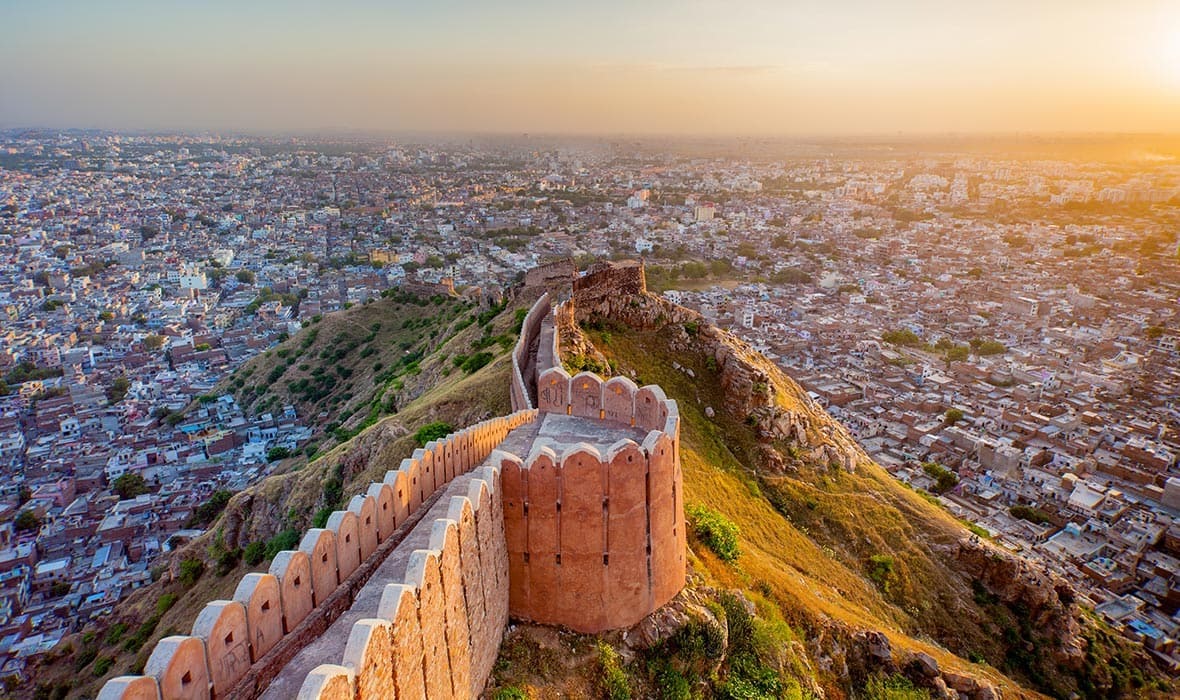
Nahargarh Fort
Nahargarh Fort, perched on the Aravalli hills, offers panoramic views of Jaipur. Built in 1734 by Maharaja Sawai Jai Singh II, it served as a retreat and defense post. The fort features beautiful Indo-European architecture and historic structures, making it a popular spot for tourists and sunset lovers.
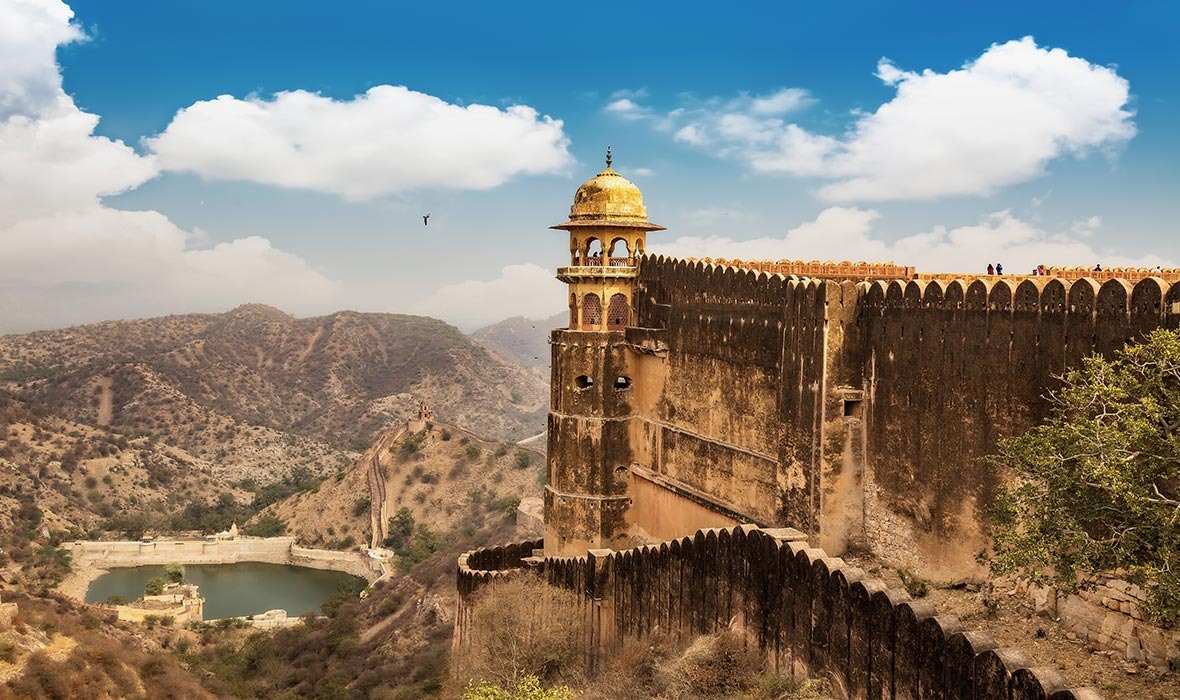
Jaigarh Fort
Jaigarh Fort, built in 1726 by Maharaja Sawai Jai Singh II, stands on the Aravalli hills overlooking Amer Fort. Known as the “Fort of Victory,” it houses the world’s largest cannon on wheels, Jaivana. The fort’s robust structure and scenic views make it a significant attraction in Jaipur.

Hawa Mahal
Hawa Mahal, or the "Palace of Winds," was built in 1799 by Maharaja Sawai Pratap Singh. This five-story pink sandstone structure features 953 small windows, allowing royal women to observe street life unseen. A stunning example of Rajput architecture, it’s one of Jaipur’s most iconic and photographed landmarks.

City Palace
City Palace, located in the heart of Jaipur, was built by Maharaja Sawai Jai Singh II in the 18th century. A blend of Rajput and Mughal architecture, it houses courtyards, gardens, and museums. The palace remains a royal residence and a popular tourist attraction showcasing Jaipur’s regal heritage.
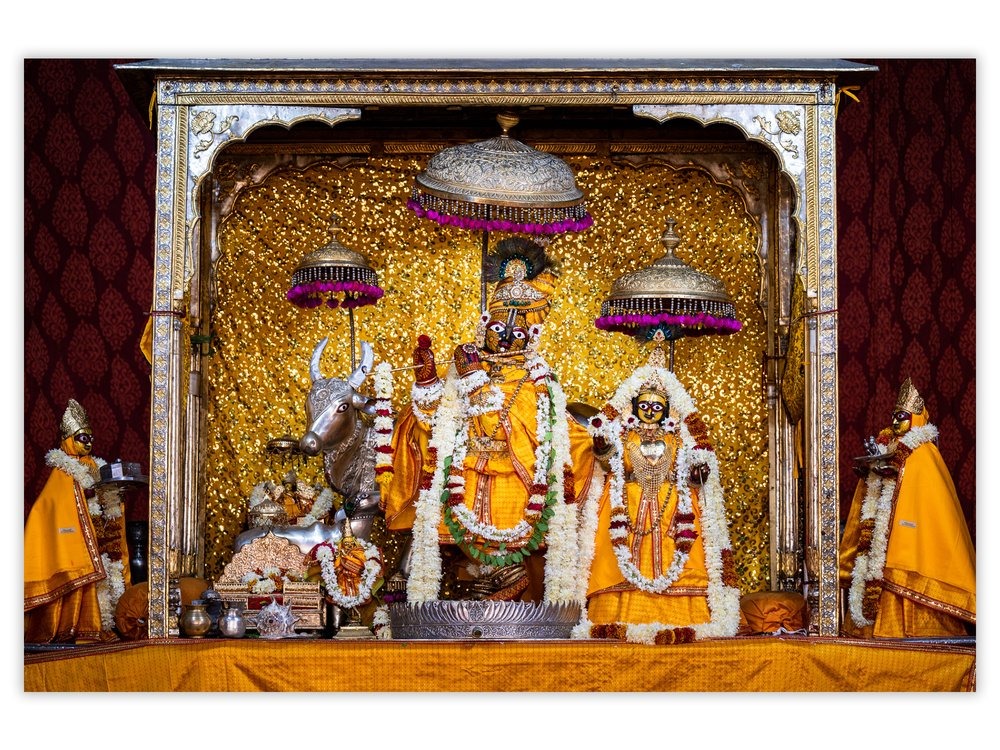
Govind Dev Ji Temple
Govind Dev Ji Temple, located in Jaipur’s City Palace complex, is dedicated to Lord Krishna. Built in the 18th century by Maharaja Sawai Pratap Singh, the temple is a major spiritual center. Known for its daily aartis and vibrant atmosphere, it draws thousands of devotees and visitors every day.
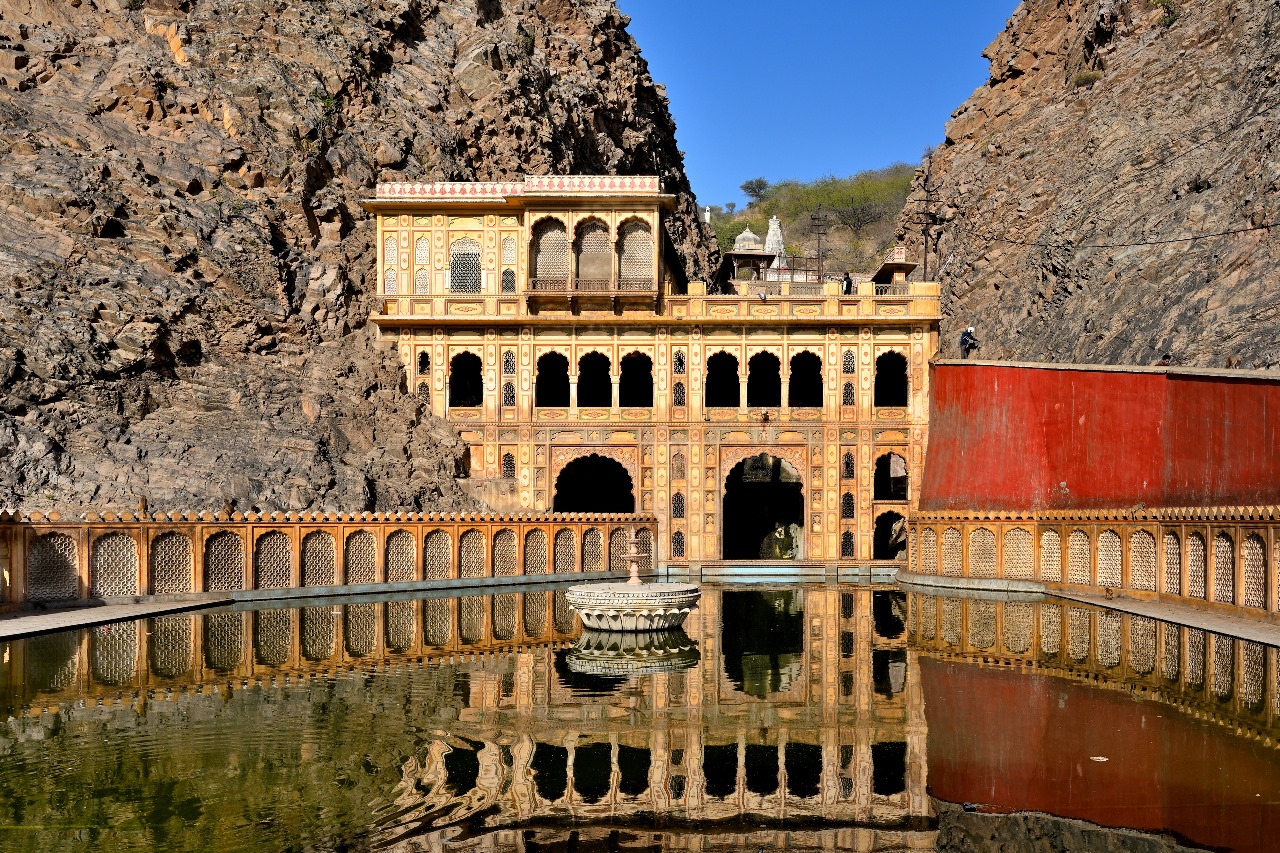
Galtaji Temple
Galtaji Temple, nestled in the Aravalli hills near Jaipur, is a sacred Hindu pilgrimage site. Known for its natural springs and holy kunds (water tanks), the temple complex honors Saint Galav. Surrounded by scenic landscapes and home to many monkeys, it’s often called the Monkey Temple by visitors.

Albert Hall Museum
Albert Hall Museum, located in Ram Niwas Garden, is Jaipur’s oldest museum. Built in 1887, its Indo-Saracenic architecture houses a vast collection of artifacts, including paintings, weapons, jewelry, and ancient relics. The museum offers a glimpse into Rajasthan’s rich history and culture, making it a must-visit attraction.
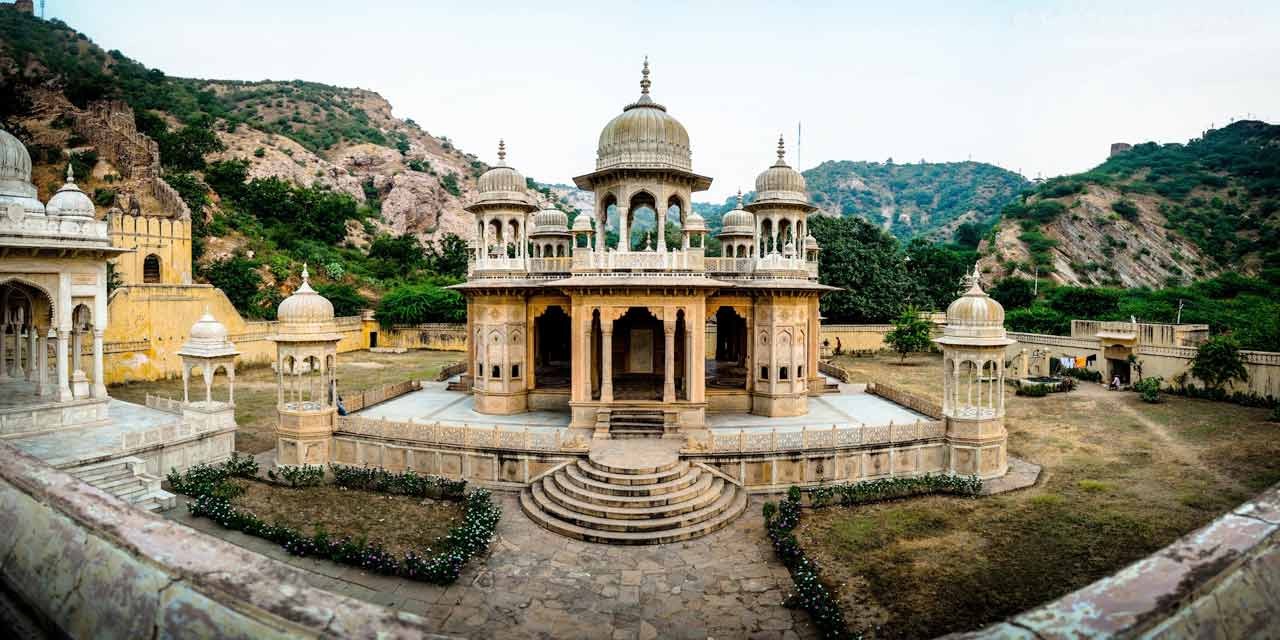
Gaitor Ki Chhatriyan
Gaitor Ki Chhatriyan is a royal cremation site located in a peaceful valley near Jaipur. Known for its beautifully carved marble cenotaphs (chhatris), it honors the former maharajas of Jaipur. The blend of Rajput architecture and serene surroundings makes it a hidden gem and a quiet spot for history lovers.

Jantar Mantar
This UNESCO World Heritage Site is an astronomical observatory built in the 18th century by Maharaja Sawai Jai Singh II. It features a collection of nineteen large stone instruments designed for observing celestial bodies, making it a fascinating site for those interested in astronomy and history.

Jal Mahal
Situated in the middle of Man Sagar Lake, the Jal Mahal is a picturesque palace that appears to float on the water. Its light sandstone architecture against the blue of the lake creates a captivating sight. While visitors cannot enter the palace, the views from the lakeside are stunning.
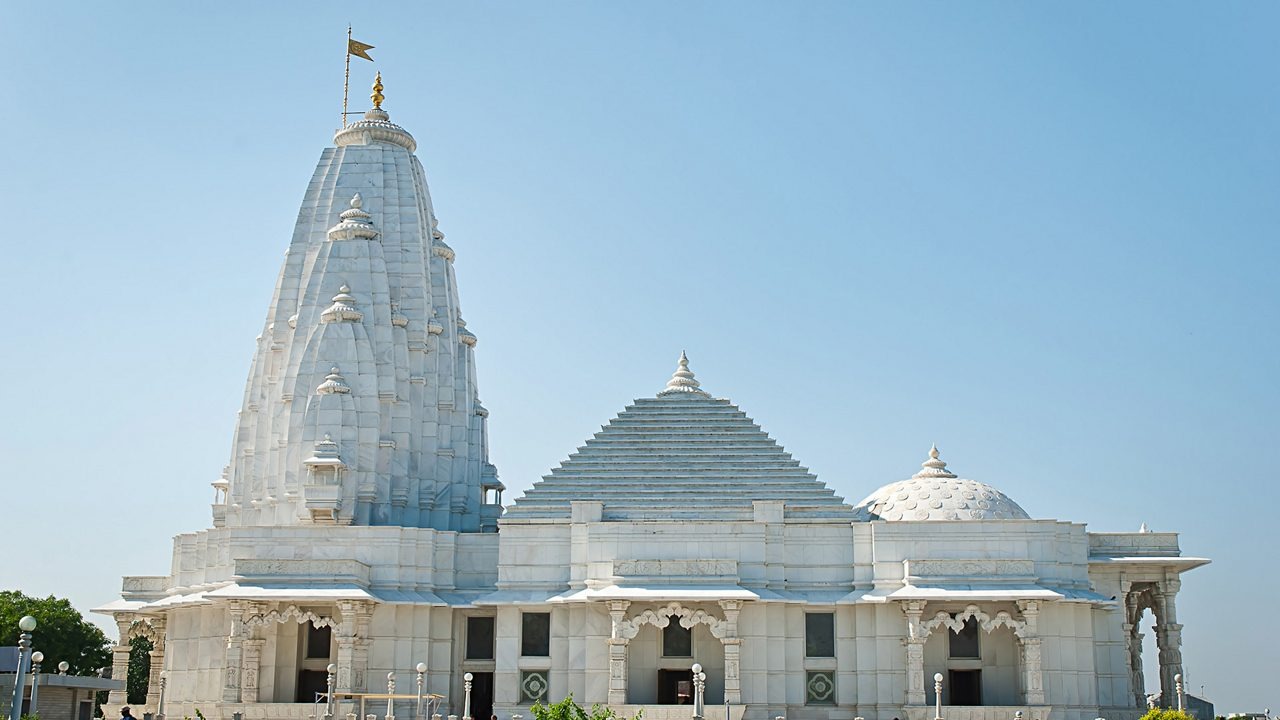
Birla Mandir
A modern temple built with white marble, dedicated to Lord Vishnu and Goddess Lakshmi. It is located near the Moti Doongri fort.


